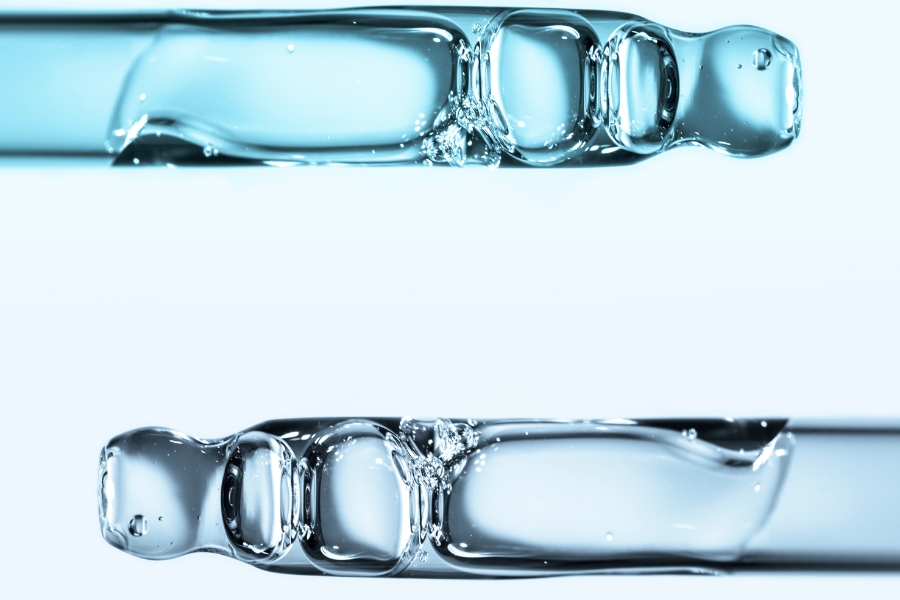Chemist Chat: Recommendations for Chemical Peels Post-Procedure
Written by Gloria Lu & Veronica FuTypically, after an in-spa chemical peel, clients often leave with sensitized skin. Without proper guidance and well-rounded product recommendations, clients may end up jeopardizing treatment results by applying too many treatments too soon after their procedure, and worse yet,accidentally hurting their skin barrier.To ensure a positive overall treatment experience, here are some effective ingredients to help post-treatment skin.
RECOVERY
There are three major types of ingredients clients need to recover: soothing ingredients to calm inflammation, occlusives to protect and moisturize the skin barrier, and sunscreen to shield their recovering skin from ultraviolet damage.
Soothing Ingredients
Some great soothing ingredients to include in the post-care routine are centella asiatica, German chamomile, panthenol, and allantoin. For the plant-based soothers, there are many available forms of these ingredients. For example, German chamomile can be found in extract, essential oil, or as an isolated,active compoundbisabolol form. Isolated compound forms are the most preferred in terms of efficacy. Another example is centella asiatica, which often comes in extract or water form. However, to maximize efficacy, products that contain an isolated soothing compound, like madecassoside or asiaticoside, are recommended.
Occlusives
Occlusives play an important role in post-procedural care. It is key to protecting skin from outside elements while moisturizing sensitized, itchy, or dry skin. Petrolatum is the gold standard occlusive here. Balanced moisturizers that combine petrolatum with other soothing ingredients such as colloidal oatmeal are well-rounded, post-procedure moisturizers.
Sunscreen
Sunscreens are a definite must after any sort of sensitizing procedure. Although mineral sunscreen (zinc oxide or titanium dioxide) is preferred for those with the most sensitive skin type,be aware of potential client compliance issues due to unpleasant textures and white cast or sheen effect. Note that many sunscreen formulas contain common drying ingredients, such as alcohol (commonly noted on ingredient lists as alcohol denat or SD alcohol 40) or oil-absorbing powders that should be avoided in post-procedural care.
Glycolic Acid
For experienced clients, further their results with at-home glycolic acids. After the skin has recovered (at least two weeks but use discretion and understanding of client skin condition), they can incorporate no more than10% glycolic acid product into their daily skincare regimen. Typical glycolic acid products are aqueous and can be used at the beginning of their routine right after cleansing.
Gluconolactone
For more sensitive skin, polyhydroxy acids (gluconolactone) can be a safer recommendation than glycolic acid, as it does not exacerbate photosensitivity. Even at the 14% level, clients can maintain a smooth, brightened complexion between treatments without the typical tingling, stinging, and dryness of classic alpha hydroxy acids.
Ultimately, clients are more curious about the science behind their skincare ingredients than people give them credit for. By walking them through how and why these ingredients work for them, it can build trust and ensure clients are taking the proper precautions to take care of their post-peel skin. While this article was written for post-chemical peel skin, the general recommendations to help skin recover are applicable for any procedures that can temporarily damage or sensitize the skin barriers. Many skin care professionals typically get a lot of questions on how to build a client’s routine when their skin is dealing with a lot of irritation.In this case, recommend dialing back their routine to a very simple cleanse, moisturizer, and sunscreen routine until their skin is healthy again.
